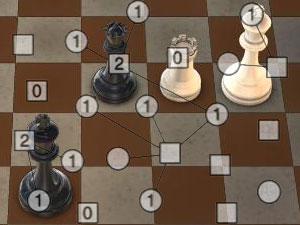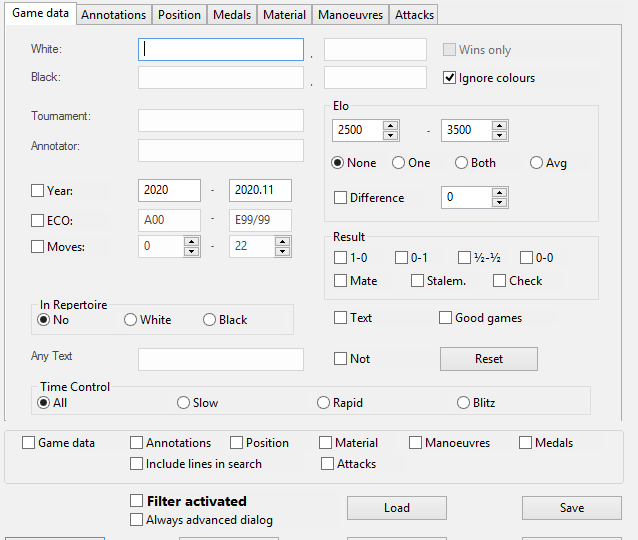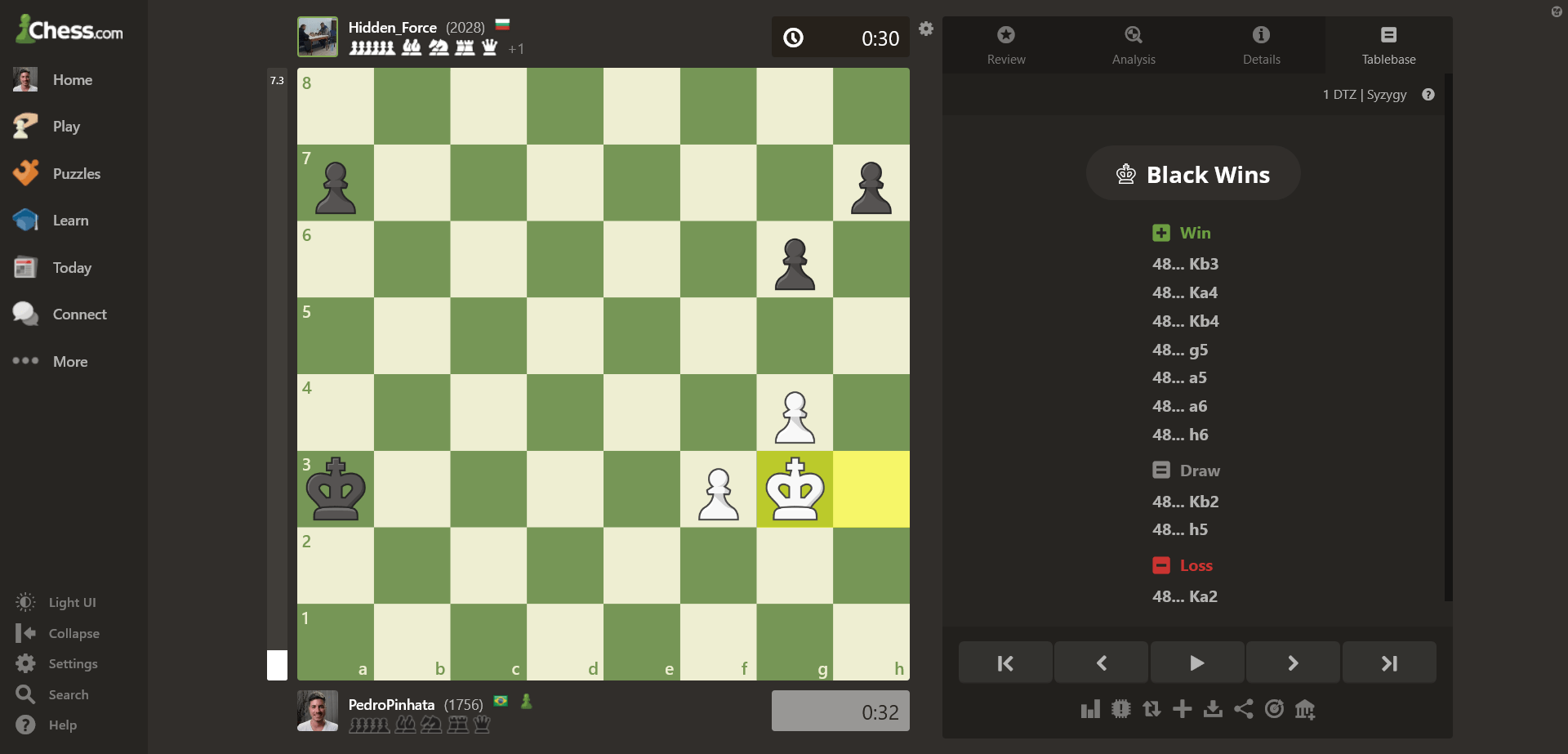
Even the game can finish in this way but it is not in a perfect way: it takes time to compute moves, may use more moves than necessary. Both human/chess engines can finish the endgame by continuing searching, applying some endgame rules. When a chess game goes to the endgame phase, it may complete soon with the result as a draw or a win/loss.

The term Tablebase opposed to endgame database was coined by Steven Edwards by means of a data vector and a single file access for both sides to move, when he introduced his Edwards' Tablebases, addressing several shortcomings of Ken Thompson's earlier database of positions with the weaker and hence potentially losing side to move only. Positions with non-null castling rights could be represented in an EGTB but typically are not. What all different formats of tablebases have in common is that every possible piece placement has its own, unique index number which represents the position where the information about the position is located in the file. The tables are usually divided into separate files for each material configuration and side to move.


During its game play and/or search, recognizing a specific material composition, a chess program can probe, or in principle compute these tables to determine the outcome of positions definitively and act as an oracle providing the optimal moves. Precalculated endgame tables generated by an exhaustive retrograde analysis.


 0 kommentar(er)
0 kommentar(er)
